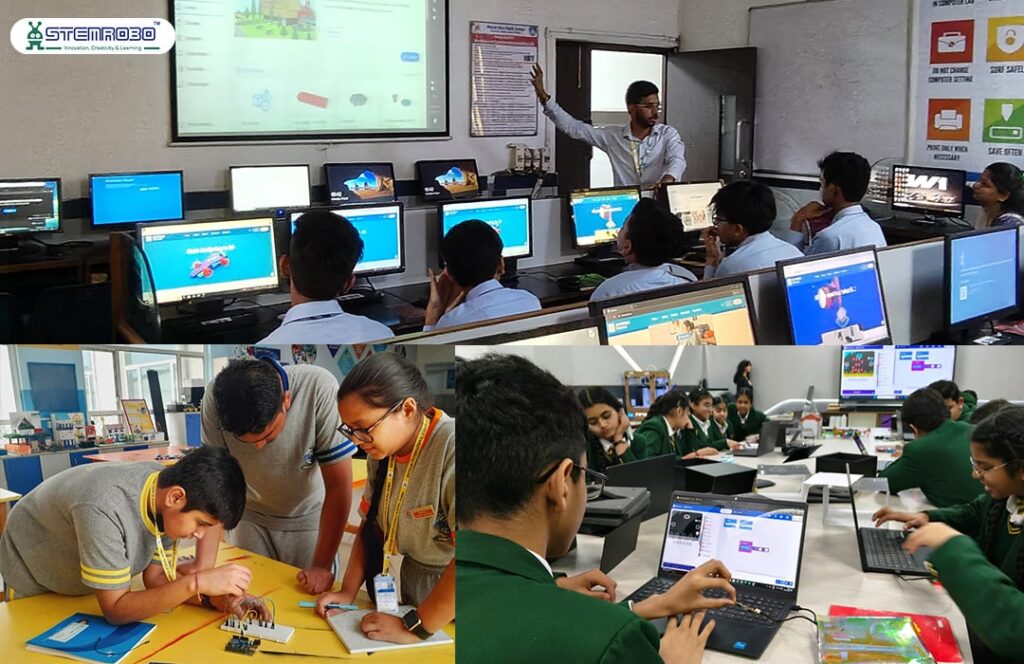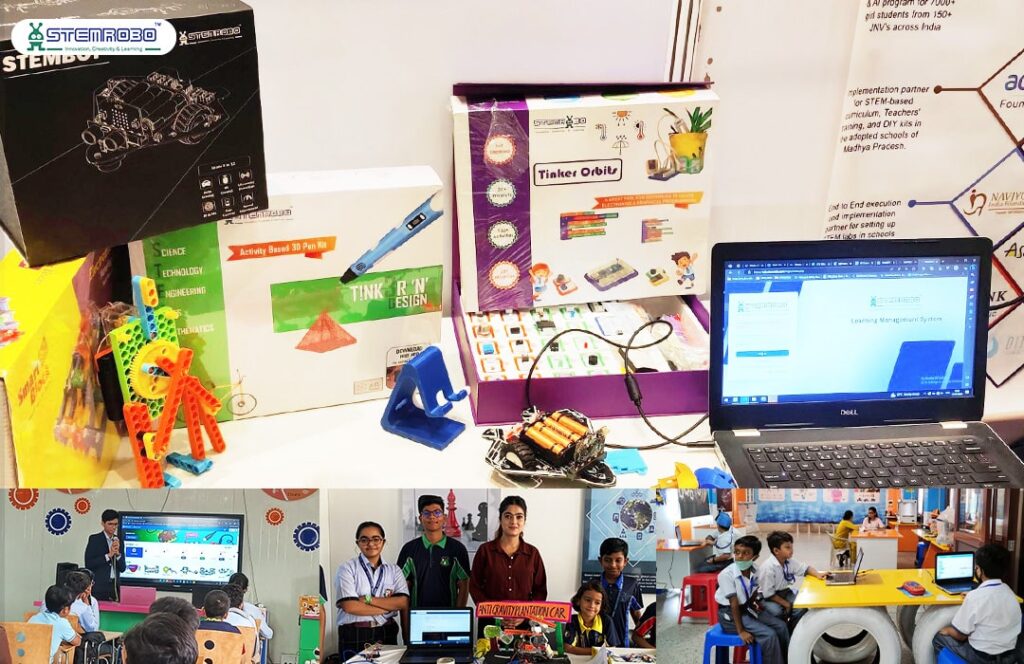“It’s not that I’m so smart, it’s just that I stay with problems longer.” — Albert Einstein
The essence of computational thinking is infused in this fantastic quote by one of the all-time greatest scientists. Having the capacity to hold on, judge, and address problems with the mindset of tackling challenges as an essential major ingredient of being successful in the high-speed world today, not just in science, but life overall.
Understanding Computational Thinking: Beyond Coding
Individuals think that computational thinking is all about coding on the computer. But it is a means of solving problems, dividing them into smaller pieces, knowing each piece and determining the best possible way to solve them.
Through our programs, we show students that computational thinking is a life skill—a 21st-century skill. Be it solving a math equation, setting up a robot, composing a song, or anything else, the path to completion remains the same.
Why Problem-Solving Skills Are Important

In traditional education, students often memorize information without deeply understanding it. But the world needs thinkers, not repeaters. That is why problem-solving education skills have become the center of focus in contemporary curricula.
Problem-solving isn’t merely identifying the correct response. It involves trying, trial and error, and perseverance. By providing an organized but accessible way of approaching problem-solving, computational thinking empowers students to be more tenacious and creative.
At STEMROBO, we merge real-world problems into the classroom, making learning more interesting and fun. Our projects in robotics, AI, and coding sharpen both technical skills and the intellectual stamina needed for real-life challenges.
Benefits of Computational Thinking:
When students practice computational thinking, they learn a lot of life hacks:
• Analytical Skills: Students learn to solve problems in a different way, analyze more, and select the best way to create solutions
• Pattern Recognition: They start identifying underlying similarities between different problems, leading to faster and smarter solutions
• Logical Reasoning: Helps the students to think clearly, from all angles
• Creativity: Creativity leads to innovations and solutions
• Persistence: The habit of never giving up, despite failures
How Students Learn Problem-Solving Through Computational Thinking
It’s a question: how exactly do students acquire these problem-solving superpowers? The answer lies in the methodology.
Here’s how we nurture problem-solving through computational thinking:
• Decomposition: Students learn to divide their problems into segments and analyze them accordingly.
• Pattern Recognition: They analyze similarities in different tasks—realizing that understanding one system can help solve another.
• Abstraction: Students focus only on what’s important, filtering out the noise. It teaches them to concentrate on key factors while ignoring distractions.
• Algorithm Design: Finally, students create a clear method to solve the problem, testing and refining it along the way.
Thinking critically involves using your mind instead of taking what somebody says for granted. It involves slowing down, analyzing the facts, asking yourself, “Is this actually true?” and avoiding making premature judgments.
Having the ability to think clearly, ask good questions, and make intelligent decisions based on reason instead of merely what feels right is akin to being a detective in everyday life.
We are doing that. Our philosophy is straightforward: critical thinking in schools should be experienced, not merely instructed.
With STEM projects, students analyze several solutions, challenge assumptions, and defend their decisions — key ingredients of critical thinking.’
STEM Education and Computational Thinking: A Perfect Match

The integration of STEM education and computational thinking creates a learning ecosystem where students are prepared not just for exams, but for life. They learn to face their problems in the best way possible.
Science, Technology, Engineering, and Mathematics (STEM) naturally demands analytical, structured thought processes. Computational thinking strengthens this foundation, enabling students to navigate complex STEM challenges with confidence. STEM education and computational thinking are partners, growing together to create students who are innovators, creators, and leaders. Students who will think outside the box and create innovative solutions to real-life problems.
Through robotics kits, coding platforms, AI modules, and IoT projects, we make sure that computational thinking is an essential element in the learning process.
Conclusion: Teaching Students to Be Problem Solvers
Einstein’s words remind us that intelligence is more about understanding the problem, learning about its different dimensions, and solving it in the most sustainable way. In the coming future, where change is inevitable, and there is great advancement of technology, computational thinking is what sets students apart from those who don’t.
At STEMROBO Technologies, we teach students how to face their problems with computational thinking, optimize their skills, and make use of the 21st-century skills that will help them build a brighter future.
The way to a tech-driven future, where students can solve real-life problems, is through logical and computational thinking. Students will also develop resilience, perseverance, and analytical skills, which will help them become the problem-solvers of tomorrow.

